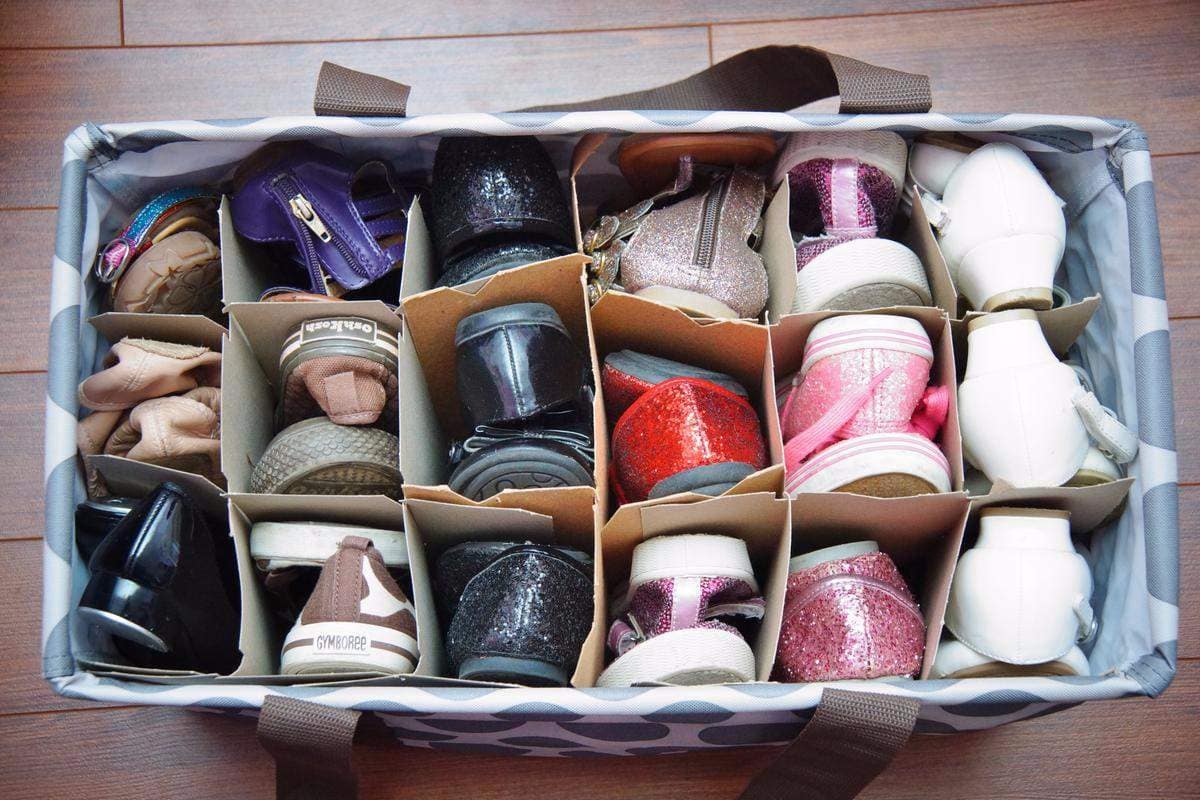

Articles
How To Store Kids Shoes
Modified: October 20, 2024
Discover the best methods for storing kids shoes with our helpful articles. Keep your little one's footwear organized and protected for long-lasting wear.
(Many of the links in this article redirect to a specific reviewed product. Your purchase of these products through affiliate links helps to generate commission for Storables.com, at no extra cost. Learn more)
Introduction
Proper shoe storage is essential for keeping your kids’ footwear in good condition and ensuring they can find their favorite pair when they need it. As parents, we all know how quickly children’s shoe collections can accumulate, making it challenging to maintain an organized and clutter-free space. However, by following a few simple tips and tricks, you can create an efficient shoe storage system that will not only preserve the lifespan of your kids’ shoes but also make getting ready for any adventure a breeze.
When it comes to kids’ shoes, they tend to outgrow them faster than we can keep up. Investing in quality shoes for your little ones is crucial, as they provide necessary support and comfort for their growing feet. However, it’s just as important to properly store and care for these shoes to make them last longer. By implementing a few easy-to-follow strategies, you can maintain the integrity of the shoes, prevent damage, and ensure your kids can use them for as long as possible.
In this article, we will delve into the reasons why proper shoe storage for kids is essential and provide you with ten practical tips for storing your children’s shoes efficiently. By the end, you’ll be armed with the knowledge and tools to create a well-organized, visually pleasing, and functional shoe storage system for your kids.
Key Takeaways:
- Proper shoe storage for kids is crucial for preserving the lifespan of their footwear, maintaining cleanliness, and teaching valuable organizational skills.
- Implementing practical tips such as cleaning shoes before storage, using the right containers, and teaching kids to care for their shoes can create an efficient and organized shoe storage system.
Read more: How To Store Thigh High Boots
Why Proper Shoe Storage for Kids is Important
Proper shoe storage for kids is more than just a matter of tidiness and organization. It plays a significant role in maintaining the quality and durability of their footwear. Here’s why it’s important to prioritize proper shoe storage for your children:
- Prolongs the lifespan of shoes: Kids grow quickly, and their feet are constantly changing. Proper shoe storage can help extend the life of their shoes, allowing them to be used by younger siblings or passed on to others.
- Protects shoes from damage: Storing shoes in an appropriate manner helps prevent scuffs, scratches, and deformation. It keeps shoes looking good, which is essential for special occasions or events.
- Promotes hygiene and cleanliness: Proper storage prevents dirt, dust, and moisture from accumulating on shoes. This reduces the chances of bacterial growth and unpleasant odors, keeping your kids’ shoes clean and fresh.
- Saves time and reduces frustration: By having a well-organized shoe storage system, your kids can easily find their shoes without the need for a frantic search. This saves time in the morning rush and reduces frustration for both kids and parents.
- Teaches responsibility and organization: By involving your kids in the process of storing their shoes properly, you can teach them valuable skills such as responsibility and organization. It helps instill good habits and prepares them for taking care of their belongings.
- Ensures proper shoe fit: If shoes are not stored correctly, they can become misshapen or damaged, affecting the fit and comfort when they are worn. Proper storage helps maintain the original shape and integrity of the shoes, ensuring a better fit for your child’s feet.
Considering the importance of proper shoe storage for kids, it’s worth investing a little time and effort into creating a system that works for your family. Next, we’ll explore some practical tips to help you store your kids’ shoes in the most effective way.
Tips for Storing Kids Shoes
Storing kids’ shoes in an organized and efficient manner doesn’t have to be difficult or overwhelming. With the right strategies in place, you can create a shoe storage system that keeps your children’s footwear in excellent condition and easily accessible. Here are ten tips to help you store kids’ shoes effectively:
- Clean Shoes Before Storage: Before storing shoes, make sure to clean them properly. Wipe off any dirt or debris, and allow them to dry completely to prevent moisture buildup.
- Choose the Right Storage Containers: Use clear plastic bins or shoe boxes with lids to store shoes. These containers protect shoes from dust, moisture, and damage while keeping them visible for easy identification.
- Label the Containers: To make it easier to find specific pairs of shoes, consider labeling the storage containers. Use labels or stickers to indicate the type of shoe (e.g., sneakers, sandals) or the name of the child who owns them.
- Organize Shoes by Type or Season: Group shoes together based on their type or season. For example, keep sneakers in one container, dress shoes in another, and boots in a separate container. This makes it easier to find the right pair when needed.
- Store Shoes in a Cool, Dry Place: Find a storage area that is cool and dry to prevent shoes from developing mold or mildew. Avoid storing shoes in areas prone to high humidity, such as basements or attics.
- Avoid Shoving Shoes in a Pile: Resist the urge to toss shoes into a pile or heap. Stack them neatly in the storage containers to prevent damage to the shoes and ensure they remain in good condition.
- Use Shoe Racks or Hanging Organizers: Install shoe racks or utilize hanging organizers inside closets or entryways to store shoes. These options help maximize space and keep shoes easily accessible.
- Consider Rotating Shoe Storage: If your kids have a large shoe collection, consider rotating their shoes seasonally. Store out-of-season shoes in a separate container to make room for the current season’s footwear.
- Keep Shoes Close to Where They’re Needed: Store frequently worn shoes near the entryway or mudroom, making it convenient for kids to put on and take off their shoes as they come and go.
- Teach Kids to Care for Their Shoes: Instill the importance of shoe care in your children by teaching them how to properly untie and store their shoes. Encourage them to take responsibility for their footwear and develop good habits.
By implementing these tips, you can create an organized and functional shoe storage system that not only keeps your kids’ shoes in excellent condition but also helps streamline your daily routines.
Clean Shoes Before Storage
One of the first steps to proper shoe storage for kids is to ensure that the shoes are clean before storing them. Over time, dirt, mud, and other debris can accumulate on the shoes, which, if left uncleaned, can lead to deterioration and foul odors. Here’s how you can clean your kids’ shoes before storing them:
- Remove any loose dirt: Start by gently tapping the shoes together to remove any loose dirt or debris that may be stuck on them.
- Wipe with a damp cloth: Take a clean, damp cloth and wipe the exterior of the shoes to remove stains or marks. For stubborn stains, you can use a mild soap or detergent solution to spot clean the shoes.
- Pay attention to the soles: Pay close attention to the soles of the shoes, as they tend to accumulate more dirt and grime. Use an old toothbrush or a soft-bristled brush to scrub the soles and remove any dirt or residue.
- Dry the shoes thoroughly: After cleaning, allow the shoes to air dry completely. Avoid placing them near direct heat sources, as excessive heat can cause damage to certain shoe materials.
- Consider using shoe cleaning products: If your kids’ shoes are made of delicate or specialty materials, such as suede or leather, you may want to invest in specific shoe cleaning products designed for those materials. Follow the instructions on the product labels for best results.
Cleaning the shoes before storage helps prevent the buildup of dirt and stains, keeping them in better condition for longer. It also ensures that any bacteria or odors are eliminated, providing a fresh start when the shoes are worn again. By making shoe cleaning a regular part of your routine, you can maintain the overall cleanliness and hygiene of your kids’ shoes.
Choose the Right Storage Containers
When it comes to storing kids’ shoes, the right storage containers can make all the difference. Not only do they keep the shoes organized and protected, but they also help maximize space and make it easier to find the right pair when needed. Here are some factors to consider when choosing the right storage containers:
- Clear plastic bins or shoe boxes: Opt for clear plastic containers or shoe boxes with lids. Transparency allows you to easily see the contents without having to open each box, saving you time and effort.
- Size and depth: Choose containers that are deep enough to accommodate shoes of varying sizes. You don’t want the shoes to get squished or bent when the lid is closed.
- Stackable design: Look for storage containers that are designed to be stackable. This allows you to make the most of vertical space, especially if your shoe collection is extensive.
- Durable and sturdy: Ensure that the containers are made of durable and sturdy materials that can withstand frequent use. This will help protect the shoes from potential damage.
- Adequate ventilation: For shoes that are slightly damp or prone to moisture, choose containers with ventilation holes to allow for airflow. This helps prevent the growth of mold and mildew.
- Adjustable dividers: Some storage containers come with adjustable dividers, which are particularly useful for organizing smaller shoes like baby shoes or toddler shoes.
Before purchasing storage containers, take an inventory of your kids’ shoe collection to determine how many containers you’ll need. It’s also helpful to measure the storage space you have available to ensure that the containers will fit comfortably. By choosing the right storage containers, you can keep your kids’ shoes neatly organized, protected from dust and damage, and easily accessible when needed.
Read more: How To Store Knee High Boots
Label the Containers
Labeling the storage containers for your kids’ shoes is a simple yet effective way to create a well-organized and efficient shoe storage system. By labeling the containers, you can easily identify and find the right pair of shoes without rummaging through each box. Here are some tips on how to label the containers:
- Use clear and visible labeling: Opt for clear and easy-to-read labels that can be easily seen at a glance. This can be achieved by using adhesive labels, sticky notes, or even a label maker.
- Label based on shoe type: Consider labeling the containers based on the type of shoes they contain. For example, you can have separate containers labeled “Sneakers,” “Sandals,” “Boots,” etc.
- Label based on child’s name or initials: If you have multiple children and want to keep their shoes separate, label the containers with their names or initials. This will help prevent mix-ups and make it easier to find each child’s shoes.
- Color code the labels: To make it even easier to identify the containers, consider color-coding the labels. For example, use specific colors for different types of shoes or assign a color to each child.
- Use picture labels: For younger children who may not be able to read yet, consider using picture labels instead of or in addition to text labels. Attach small pictures or printed images that represent the type of shoe inside each container.
Labeling the storage containers not only helps you find the right pair of shoes quickly but also encourages your kids to take responsibility for putting their shoes back in the correct container. It adds an element of organization and makes the shoe storage system visually appealing and user-friendly. Take the time to label your containers, and you’ll never have to dig through piles of shoes again.
Organize Shoes by Type or Season
Organizing your kids’ shoes by type or season is a practical approach that not only keeps the shoe storage area neat and tidy but also makes it easier to find the right pair when needed. By categorizing the shoes, you can maximize efficiency and save time. Here’s how you can organize shoes by type or season:
- Group shoes by type: Arrange shoes into different containers based on their type, such as sneakers, sandals, dress shoes, or boots. This method allows you to quickly locate the specific type of shoe you or your child is looking for.
- Separate shoes by season: If you have limited storage space or live in an area with distinct seasons, consider organizing your kids’ shoes by season. Keep the current season’s shoes easily accessible and store out-of-season shoes in a separate container.
- Label or color-code containers: To make it even easier to distinguish between types or seasons, label or color-code the storage containers accordingly. This adds an additional layer of organization and makes it effortless to locate specific pairs of shoes.
- Consider the frequency of use: If there are certain shoes that your child wears more frequently or for specific activities, keep those within easy reach or in a separate designated area. This way, your child can access them conveniently whenever needed.
- Utilize hanging organizers: Hanging organizers can be useful for organizing and separating shoes by type or season. Hang the organizers in a closet or over-the-door area for quick and easy access to the shoes.
Organizing your kids’ shoes by type or season not only keeps the shoe storage area visually appealing but also streamlines the process of finding the right pair. Whether it’s selecting sneakers for daily wear or finding winter boots for colder months, an organized shoe storage system will make your day-to-day routines much more manageable.
Store kids shoes in clear, labeled bins or baskets to keep them organized and easily accessible. Consider using over-the-door shoe organizers or hanging shelves to maximize space. Keep frequently worn shoes within reach and less worn shoes higher up or in a separate storage area.
Store Shoes in a Cool, Dry Place
Proper shoe storage includes ensuring that the shoes are stored in a cool and dry place. The environment in which shoes are stored can significantly impact their longevity and condition. Here’s why it’s important to store shoes in a cool and dry place:
- Prevents mold and mildew: Moisture is one of the biggest enemies of shoes. Storing shoes in a cool and dry place helps prevent the growth of mold and mildew, which can damage the materials and cause unpleasant odors.
- Avoids deformation: Extreme heat and humidity can cause shoes to warp or deform, especially if they are made from delicate materials like leather or suede. Storing shoes in a cool, dry environment helps maintain their shape and integrity.
- Reduces bacterial growth: Damp and warm environments are breeding grounds for bacteria. By storing shoes in a cool and dry area, you minimize the risk of bacterial growth, keeping your kids’ shoes hygienic and odor-free.
- Preserves shoe quality: Exposure to extreme temperatures and humidity can lead to material deterioration and discoloration. By storing shoes in a cool, dry place, you can help preserve their quality and overall appearance.
When selecting a storage location for your kids’ shoes, consider areas of your home that are naturally cool and dry, such as a closet, hallway, or under-the-bed storage. Avoid storing shoes in basements, garages, or areas prone to excessive moisture or temperature fluctuations.
Additionally, it’s important to ensure proper ventilation in the storage area. Good air circulation helps prevent the buildup of humidity, reducing the risk of moisture-related issues. If ventilation is limited, you can add moisture-absorbing products like silica gel packets or even place a small fan nearby to improve air circulation.
By storing shoes in a cool and dry place, you are taking proactive measures to protect and preserve their quality. This ensures that your kids’ shoes stay in excellent condition, ready to be worn whenever needed.
Avoid Shoving Shoes in a Pile
One common mistake when it comes to shoe storage is simply shoving shoes into a pile or heap. While it may be tempting to quickly toss shoes into a container or on a shelf, this can lead to damage and make it difficult to find the right pair when needed. Here are some reasons why you should avoid shoving shoes in a pile and how to store them properly instead:
- Prevents shoe deformation: When shoes are shoved into a pile, they can get squished, causing deformation or misshaping. This can affect the structure and fit of the shoes, making them uncomfortable to wear.
- Reduces scuffs and scratches: Storing shoes haphazardly can result in scuffs, scratches, and marks on the delicate surfaces. By properly placing shoes in a container or on a shelf, you can prevent unnecessary damage and keep them looking new.
- Allows for easy identification: When shoes are organized and not piled on top of each other, it’s much easier to identify the specific pair you’re looking for. This saves time and frustration, especially when you’re in a hurry.
- Maintains shoe organization: Storing shoes in an orderly manner helps maintain an organized shoe storage system. It ensures that each pair has its designated spot, making it easier to keep track of shoes and avoid misplacing them.
- Facilitates proper shoe care: By storing shoes neatly, you encourage proper shoe care habits. When shoes are treated with care and stored in a thoughtful manner, they are more likely to stay in good condition and last longer.
To avoid shoving shoes in a pile, take the time to place each pair of shoes neatly in storage containers or on shoe racks. You can stack shoes of similar size or type, ensuring that no shoe is excessively pressed or crushed. Alternatively, you can use individual shoe dividers or adjustable shoe organizers to keep shoes in their designated slots.
By storing shoes properly and avoiding the pile-up approach, you not only protect the integrity of the shoes but also create an organized and visually appealing shoe storage system.
Read more: How To Make High Heels Non-Slip
Use Shoe Racks or Hanging Organizers
Shoe racks and hanging organizers are excellent tools for efficient shoe storage. They help maximize space, keep shoes organized, and make it easy to locate the right pair quickly. Here are some reasons why you should consider using shoe racks or hanging organizers:
- Maximizes vertical space: Shoe racks allow you to utilize vertical space effectively. By stacking shoes vertically, you can store more pairs in a compact area, making the most of your available storage space.
- Keeps shoes visible and accessible: Shoe racks provide a clear view of your kids’ shoes, making it easy to spot the pair you’re looking for. This eliminates the need for rummaging through boxes or digging through piles.
- Prevents shoe damage: When shoes are neatly arranged on a shoe rack, they are less likely to get scuffed, crushed, or damaged. This helps preserve the quality and condition of the shoes for longer periods.
- Allows for proper air circulation: Shoe racks promote air circulation around the shoes, which is important for preventing the buildup of moisture and odors. Adequate airflow helps keep the shoes fresh and prevents unpleasant smells.
- Hanging organizers save space: Hanging shoe organizers that hang over doors or rods are an excellent option for those with limited floor space. They provide an efficient way to store and organize shoes without taking up valuable floor real estate.
- Separates shoes by type or season: Shoe racks and hanging organizers offer designated sections or compartments for different types or seasons of shoes. This makes it easy to categorize and store shoes accordingly for quick and easy access.
When using a shoe rack or hanging organizer, make sure to arrange the shoes neatly and thoughtfully. Sort them by type or season, and place each pair in its designated slot or compartment. This will help maintain order and make it effortless to find the right pair without any hassle.
Whether you opt for a freestanding shoe rack or a hanging organizer, incorporating these storage solutions into your kids’ shoe storage system will not only maximize space but also bring a sense of organization and efficiency.
Consider Rotating Shoe Storage
Rotating shoe storage is a practical strategy that can help you manage a large shoe collection while maximizing space and keeping your kids’ shoes in good condition. By storing out-of-season shoes separately, you can free up space and ensure that the shoes currently in use are easily accessible. Here’s why you should consider rotating shoe storage:
- Optimizes storage space: If you have limited storage space, rotating shoe storage can be a lifesaver. By storing out-of-season shoes separately, you can make room for the shoes that are currently in season, saving valuable space.
- Keeps shoes organized: By rotating shoe storage, you can maintain an organized shoe collection. Each pair of shoes has its dedicated storage container or area, making it easier to find the right pair without any hassle.
- Protects shoes from damage: Storing shoes that are not in use in a separate container or area helps protect them from unnecessary wear and tear. They are less likely to get scuffed, crushed, or damaged during daily use.
- Makes seasonal transitions smoother: Rotating shoe storage simplifies seasonal transitions. When the change in weather occurs, it’s much easier to locate and retrieve the appropriate seasonal shoes for your kids without having to search through a mix of different types of shoes.
- Extends the lifespan of shoes: By rotating shoe storage, you can extend the lifespan of your kids’ shoes. With proper rotation and storage, shoes that are not regularly worn can maintain their quality for longer periods, making them usable for younger siblings or future use.
When implementing rotating shoe storage, start by identifying and sorting out the shoes that are currently out of season. Place them in separate containers or designated storage areas, ensuring they are clean and properly stored to maintain their condition.
Label the containers or use clear plastic bins for easy identification. Store the out-of-season shoes in a cool, dry place, free from extreme temperatures or humidity. This will help preserve their quality until they are needed again.
By incorporating rotating shoe storage into your organizational system, you can optimize space, prolong the lifespan of your kids’ shoes, and ensure that they are easily accessible when the time comes.
Keep Shoes Close to Where They’re Needed
Keeping your kids’ shoes close to where they’re needed is a practical tip that can save time and make getting ready for any occasion more convenient. By storing shoes in proximity to the areas where they will be worn, you can streamline your daily routines and ensure that your kids can easily access their shoes. Here’s why it’s important to keep shoes close to where they’re needed:
- Saves time in the morning: Storing shoes near the entryway or in the mudroom saves time in the morning rush. Your kids can quickly grab their shoes and put them on without having to search for them throughout the house.
- Prevents shoe misplacement: Having a designated spot for shoes near the point of use reduces the chances of shoes getting misplaced or lost. When kids know where their shoes should be, they are more likely to put them back in the right place after use.
- Facilitates easy access for outdoor activities: If your kids frequently engage in outdoor activities, such as playing in the yard or biking on the driveway, storing their outdoor shoes nearby allows them to quickly put on their shoes and start their adventures.
- Encourages independence: By keeping shoes close to where they’re needed, you empower your kids to take responsibility for putting on their shoes independently. They can develop the habit of finding and putting on their footwear without constant assistance.
- Reduces dirt and debris in the house: When shoes are stored near the entryway, any dirt or debris that may be on the soles of the shoes stays contained in one area, minimizing the amount of dirt tracked into the rest of the house.
Consider having a shoe rack or shoe storage area near the entrance to your home or in a designated mudroom or hallway. You can also use shoe trays or mats to keep the shoes organized and prevent dirt from spreading to other surfaces.
By keeping your kids’ shoes close to where they’re needed, you create a seamless and efficient process for getting ready to go out. It simplifies the morning routine and ensures that your kids’ shoes are easily accessible whenever they’re needed.
Teach Kids to Care for Their Shoes
Teaching kids to care for their shoes is an invaluable lesson that instills responsibility and helps maintain the quality and longevity of their footwear. By teaching them proper shoe care habits, you empower them to take ownership of their belongings and develop good habits for the future. Here are some tips for teaching kids to care for their shoes:
- Show them how to properly untie and remove shoes: Teach your kids to untie their shoe laces and remove their shoes carefully. This helps prevent unnecessary stretching or damage to the shoes.
- Train them to store shoes neatly: Show your kids how to place their shoes neatly in storage containers or on shoe racks. Encourage them to avoid tossing or shoving shoes haphazardly, as this can cause damage.
- Instruct them on cleaning techniques: Teach your kids how to clean their shoes appropriately. Show them how to remove dirt and stains using a brush or cloth, and explain the importance of keeping their shoes clean and presentable.
- Explain the importance of airing out shoes: Teach your kids to let their shoes air out after wearing them, particularly if their feet perspire. Show them how to remove the insoles if possible and allow them to dry naturally to prevent bacteria and odors from developing.
- Encourage proper shoe rotation: Teach your kids the concept of rotating their shoes, especially if they have multiple pairs for different occasions. Explain that giving shoes a break between wears allows them to recover and extends their lifespan.
- Highlight the need for weather-specific footwear: Teach your kids the importance of wearing weather-appropriate shoes, such as rain boots or winter boots. Explain the benefits of protecting their shoes and feet from the elements.
- Show them how to tie their shoelaces: If your child is learning to tie their shoelaces, take the time to teach them the proper technique. Show them step by step and offer support and encouragement as they practice.
- Lead by example: Children learn by observing their parents or caregivers. Set a good example by taking care of your own shoes and exhibiting proper shoe care habits. Your actions and attitude will influence their behavior.
By teaching your kids these important shoe care practices, you equip them with valuable skills and instill a sense of responsibility and pride in their belongings. It also ensures that their shoes stay in good condition, allowing for longer use and potential hand-me-downs to younger siblings or friends.
Remember to make the process of teaching shoe care enjoyable and interactive. Celebrate their efforts and progress, and turn it into a positive learning experience for them. With time, they will develop good habits that extend beyond shoe care and carry over into other aspects of their lives.
Read more: How To Store Sandals
Conclusion
Proper shoe storage for kids is more than just a matter of organization and tidiness – it is a way to preserve the lifespan and quality of their footwear. By implementing the tips and strategies outlined in this article, you can create an efficient and functional shoe storage system that keeps your kids’ shoes in excellent condition and makes it easy to find the right pair when needed.
We started by emphasizing the importance of proper shoe storage for kids. By keeping their shoes well-maintained and organized, you can extend their lifespan, protect them from damage, and maintain hygiene and cleanliness. Additionally, well-stored shoes save time and reduce frustration for both kids and parents.
We then explored practical tips for storing kids’ shoes, including cleaning shoes before storage, choosing the right storage containers, labeling the containers, and organizing shoes by type or season. We emphasized the significance of storing shoes in a cool, dry place and avoiding shoving them into a pile to prevent damage and facilitate easy identification.
We also discussed the benefits of using shoe racks or hanging organizers to maximize space and keep shoes visible and accessible. Additionally, we highlighted the importance of rotating shoe storage to optimize space and protect shoes from unnecessary wear and tear. By keeping shoes close to where they’re needed and teaching kids to care for their shoes, we create efficient routines and foster a sense of responsibility.
In conclusion, by implementing these tips and teaching your kids proper shoe care habits, you can create an organized, functional, and visually appealing shoe storage system. Not only will this help preserve the quality and longevity of your kids’ shoes, but it will also instill valuable life skills and habits. So, take the time to create a system that works for your family and enjoy the benefits of a well-organized shoe collection.
Frequently Asked Questions about How To Store Kids Shoes
Was this page helpful?
At Storables.com, we guarantee accurate and reliable information. Our content, validated by Expert Board Contributors, is crafted following stringent Editorial Policies. We're committed to providing you with well-researched, expert-backed insights for all your informational needs.
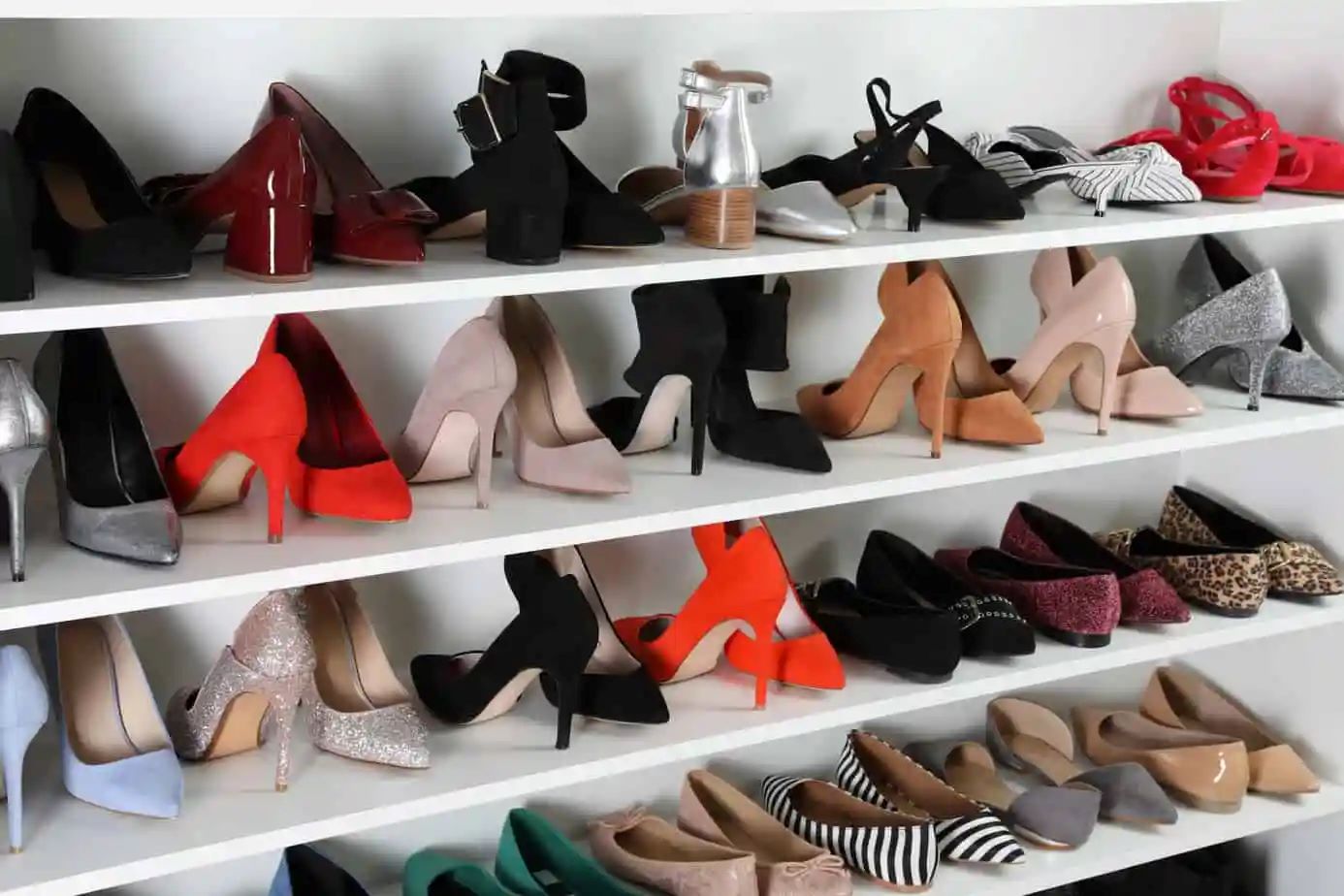
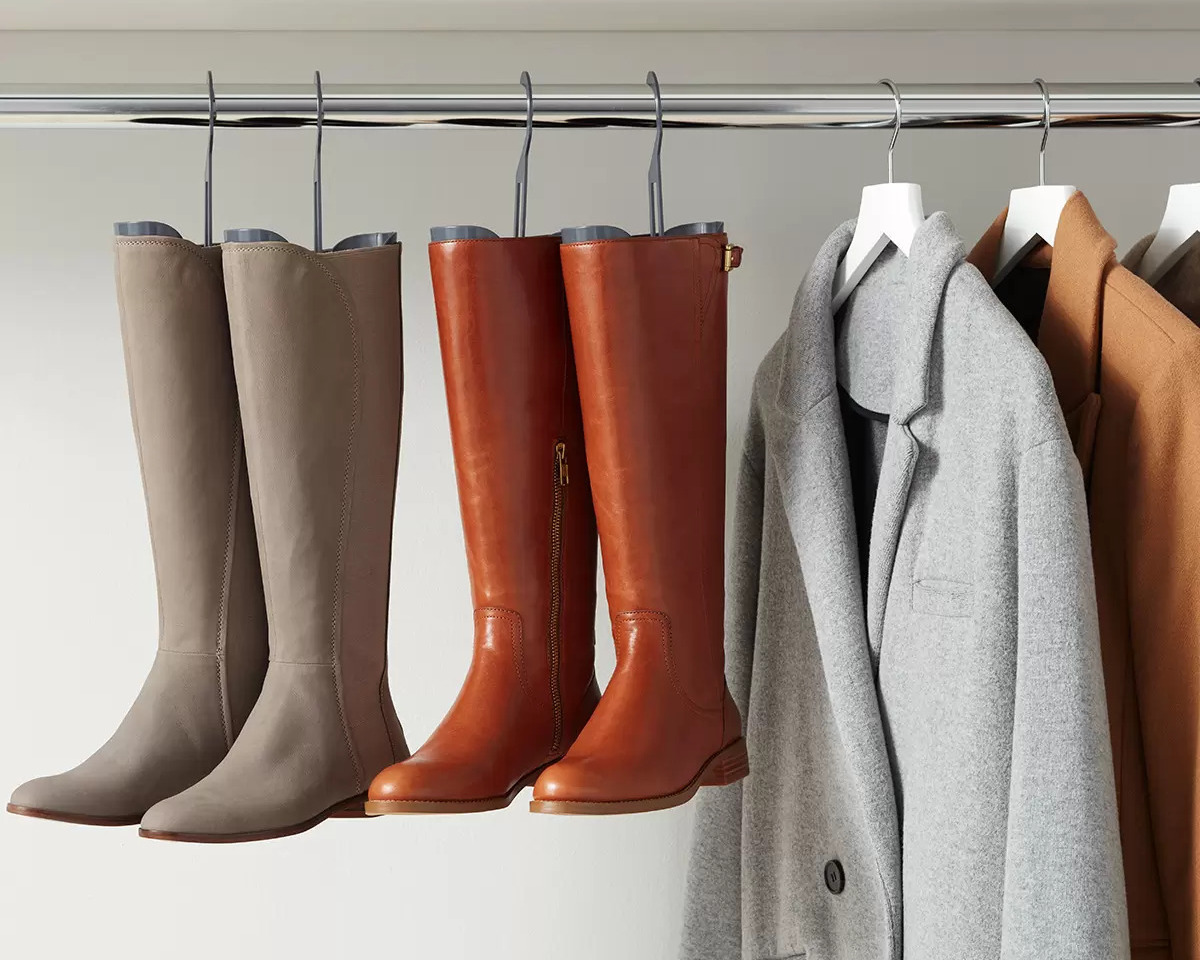
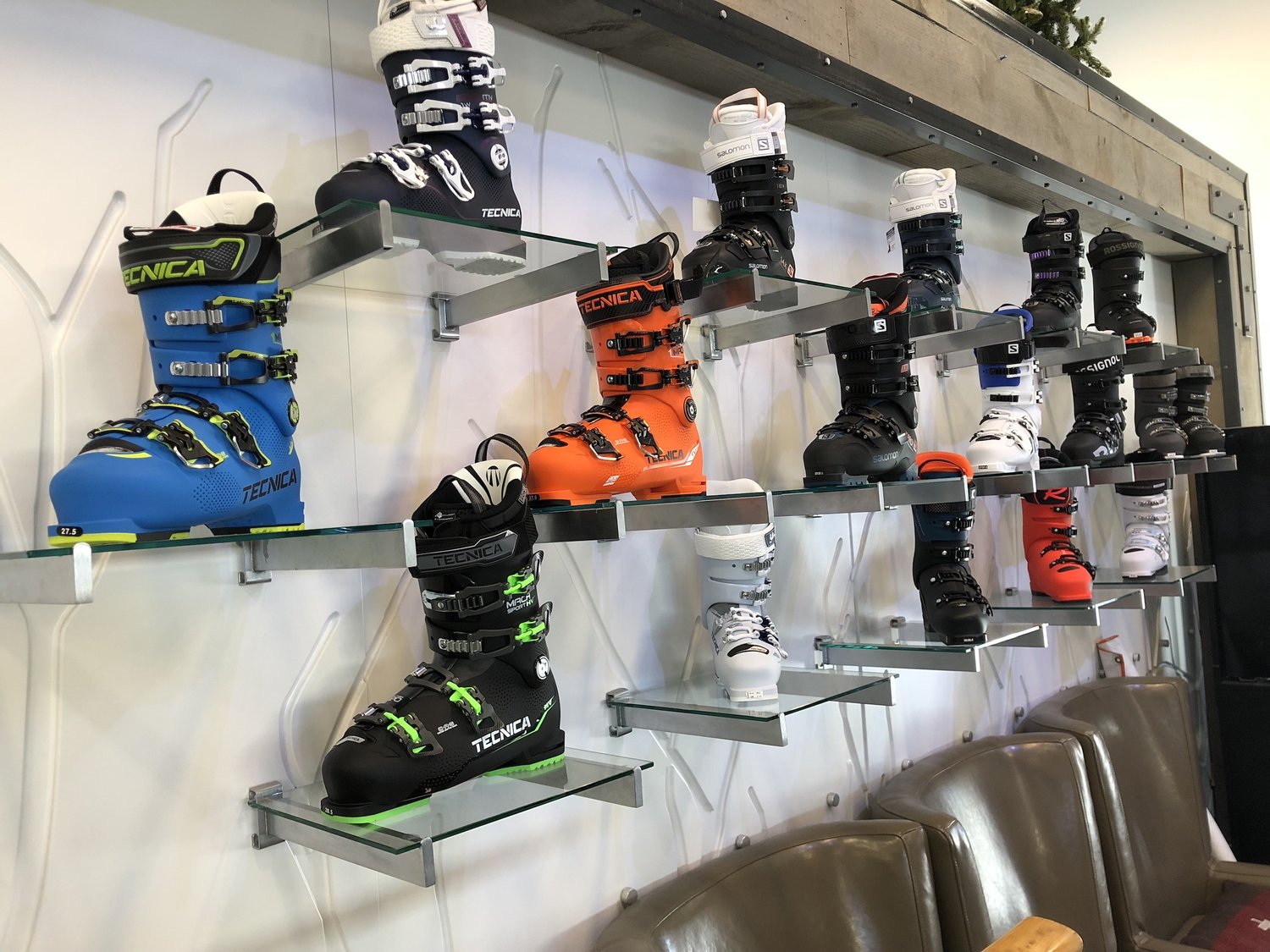
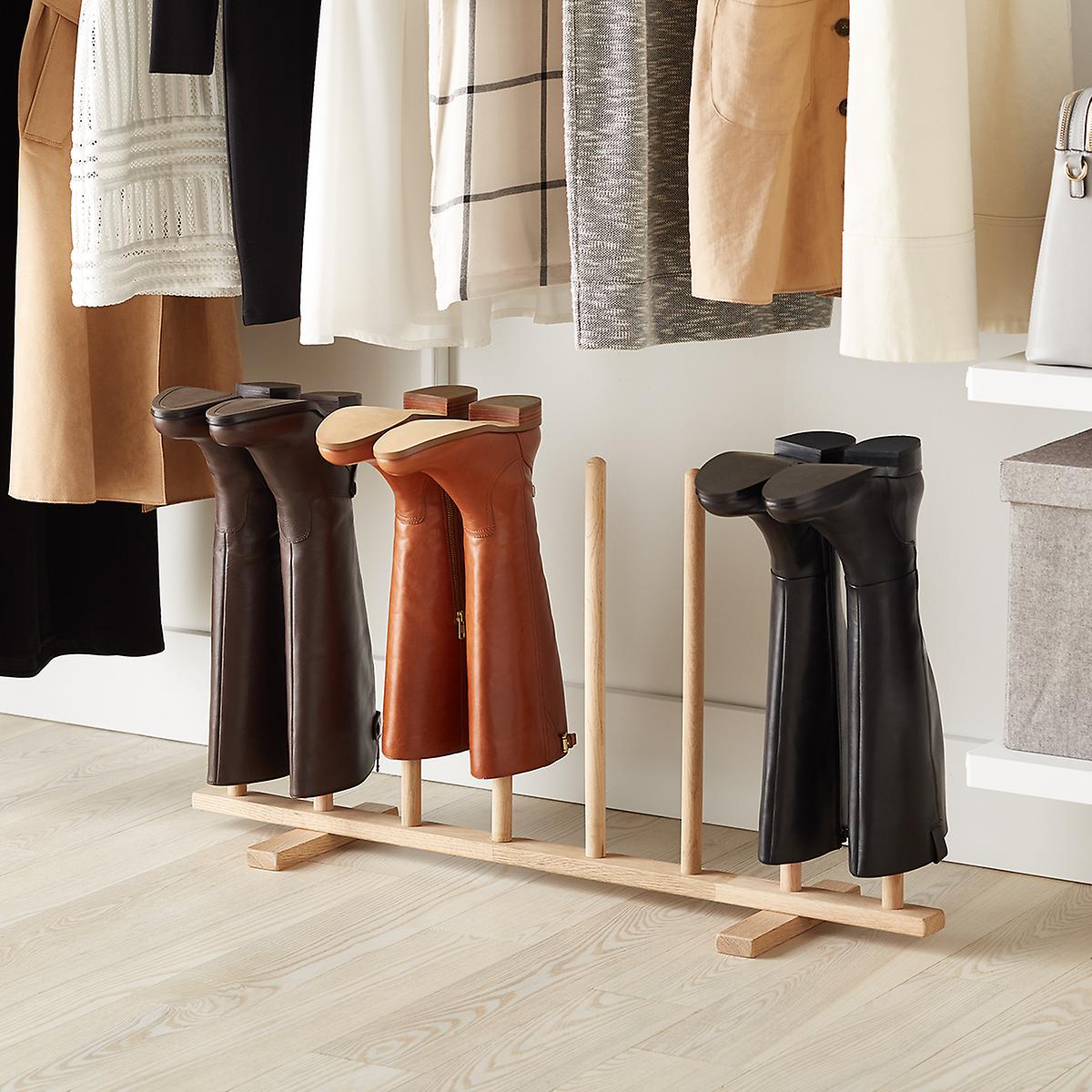
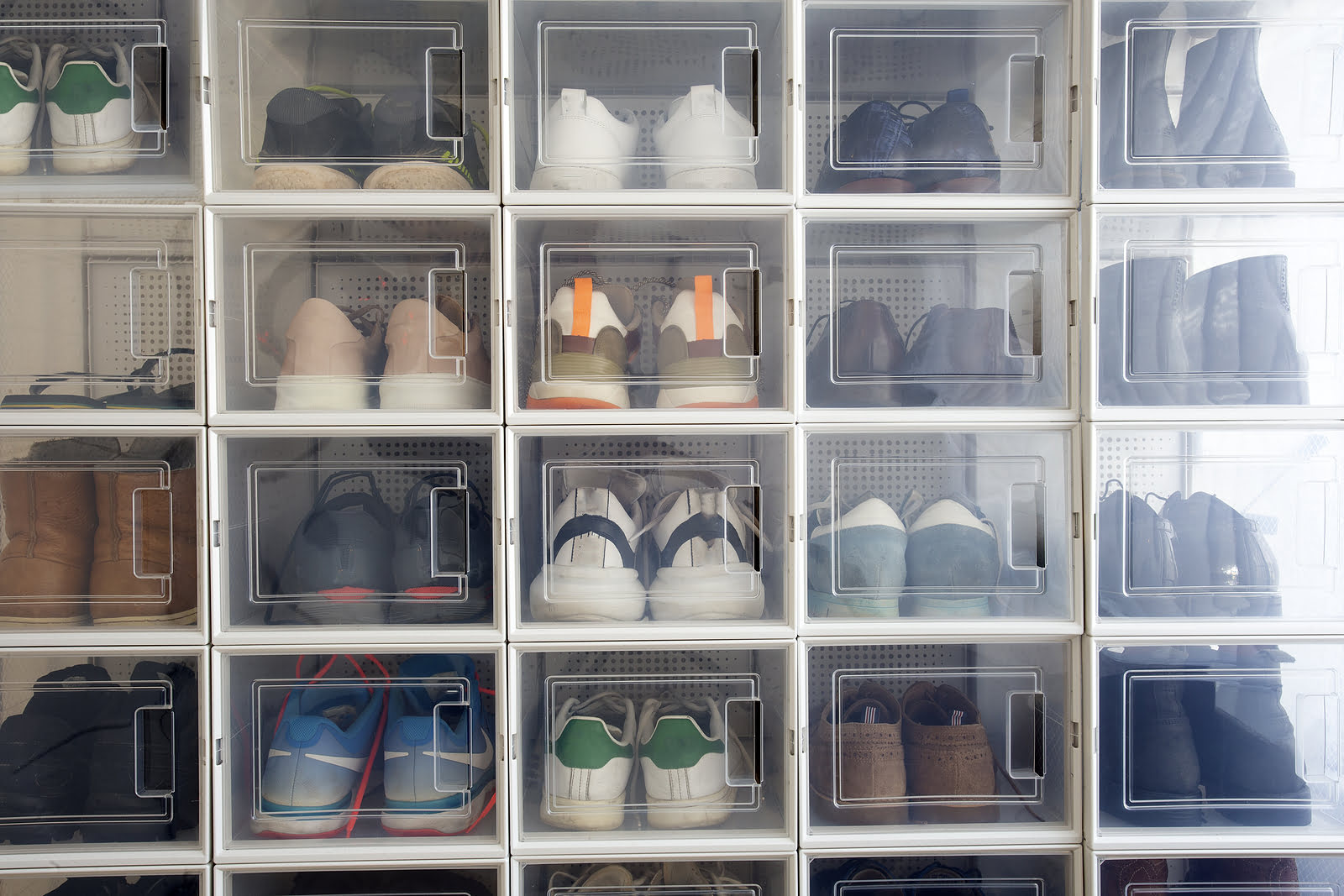
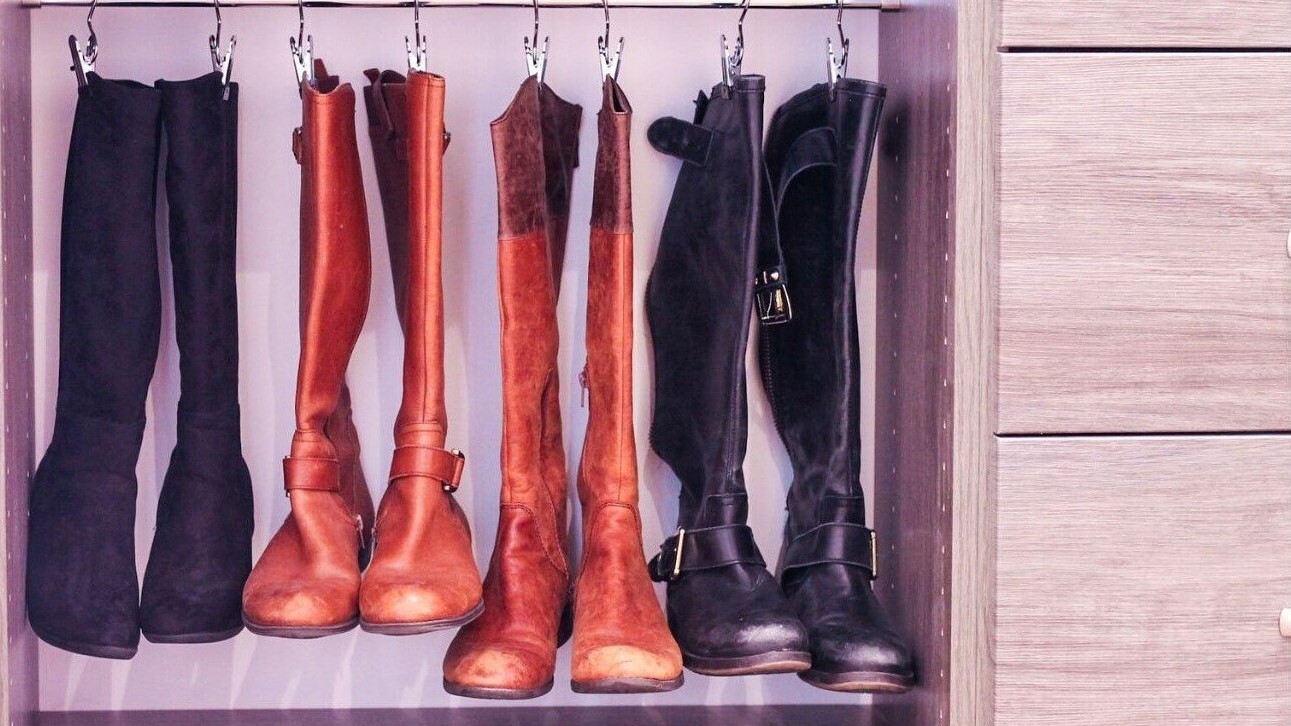
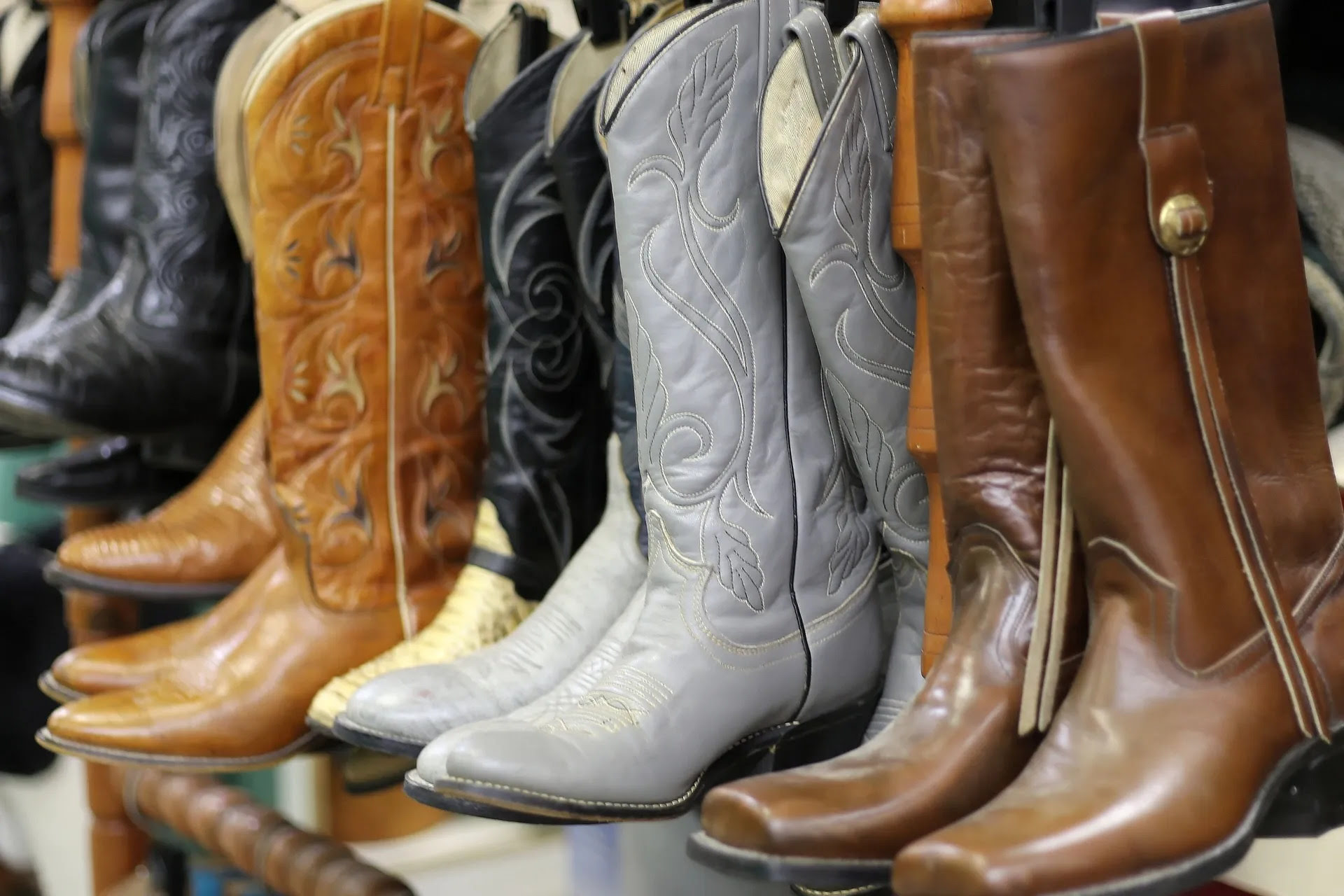
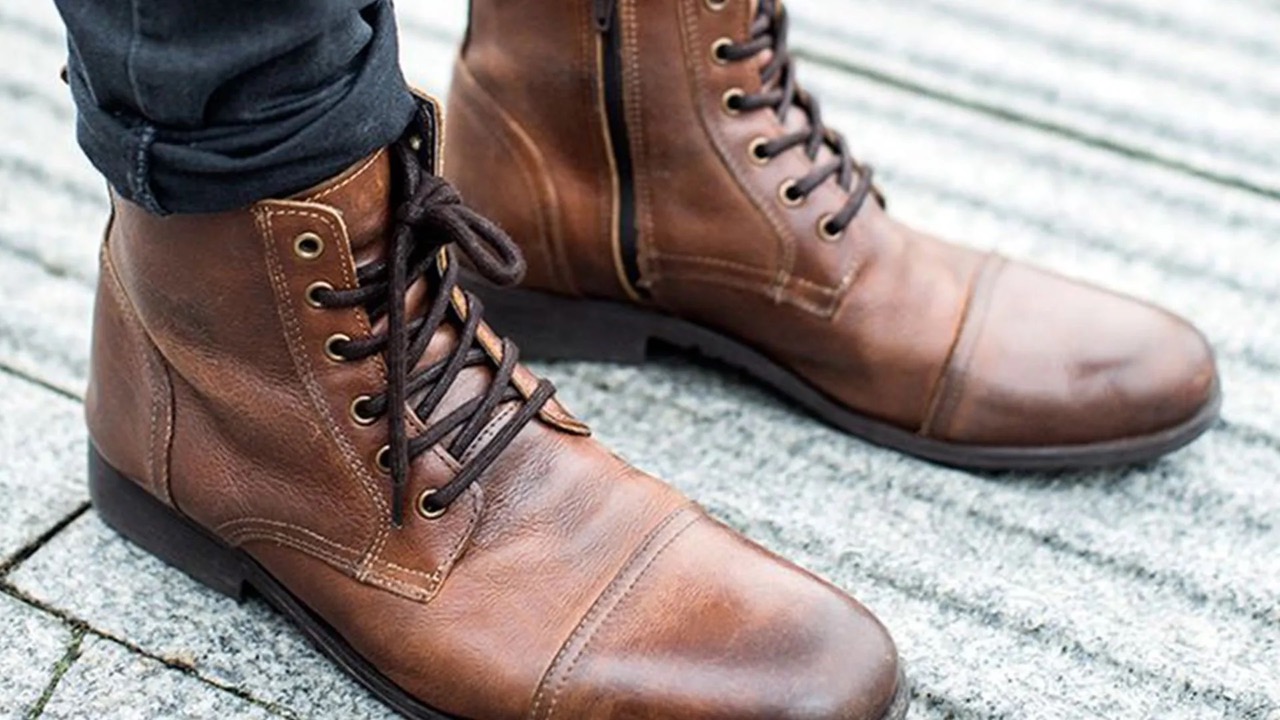
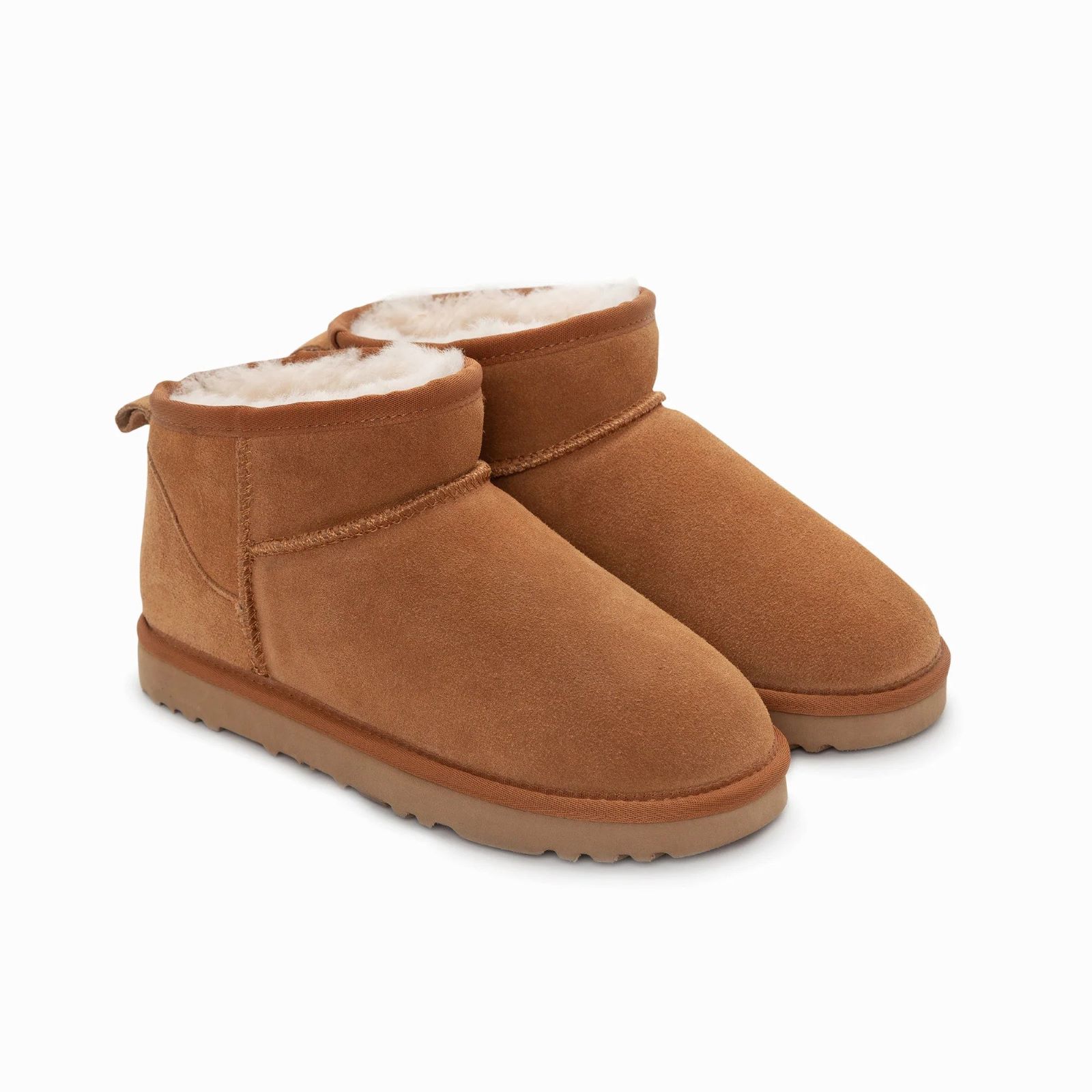
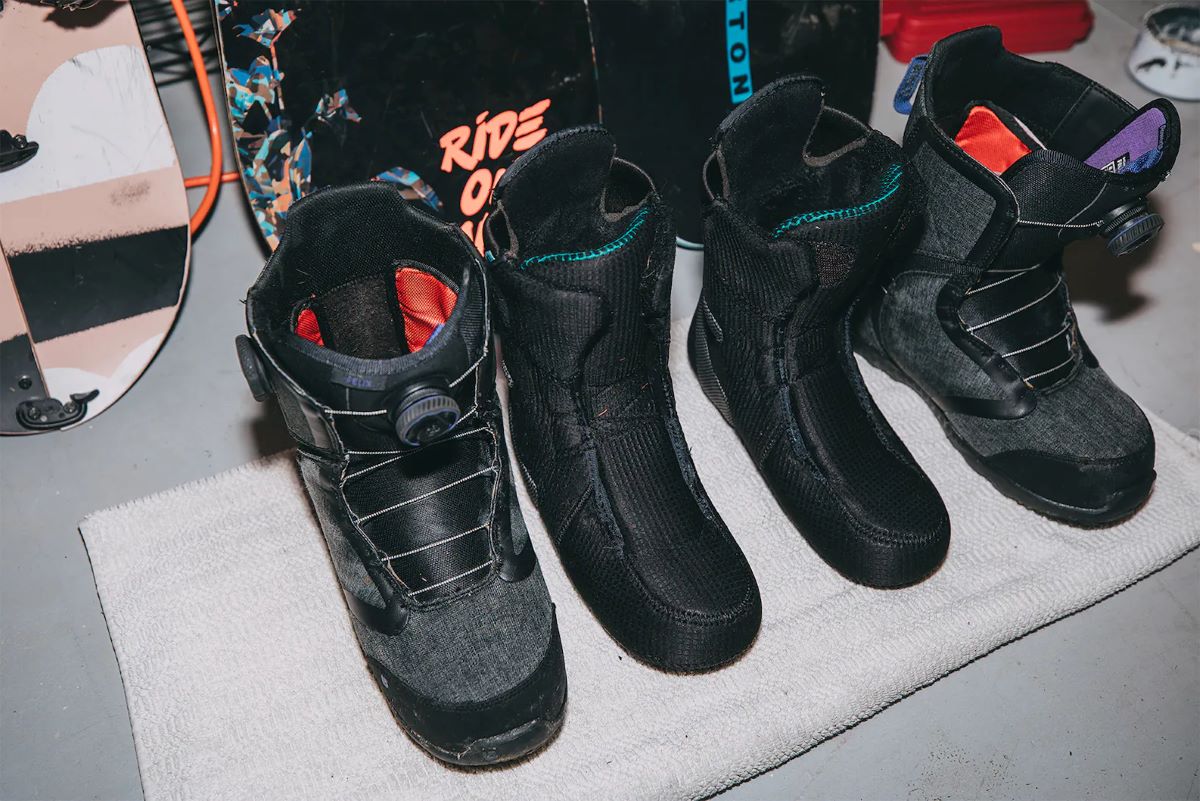
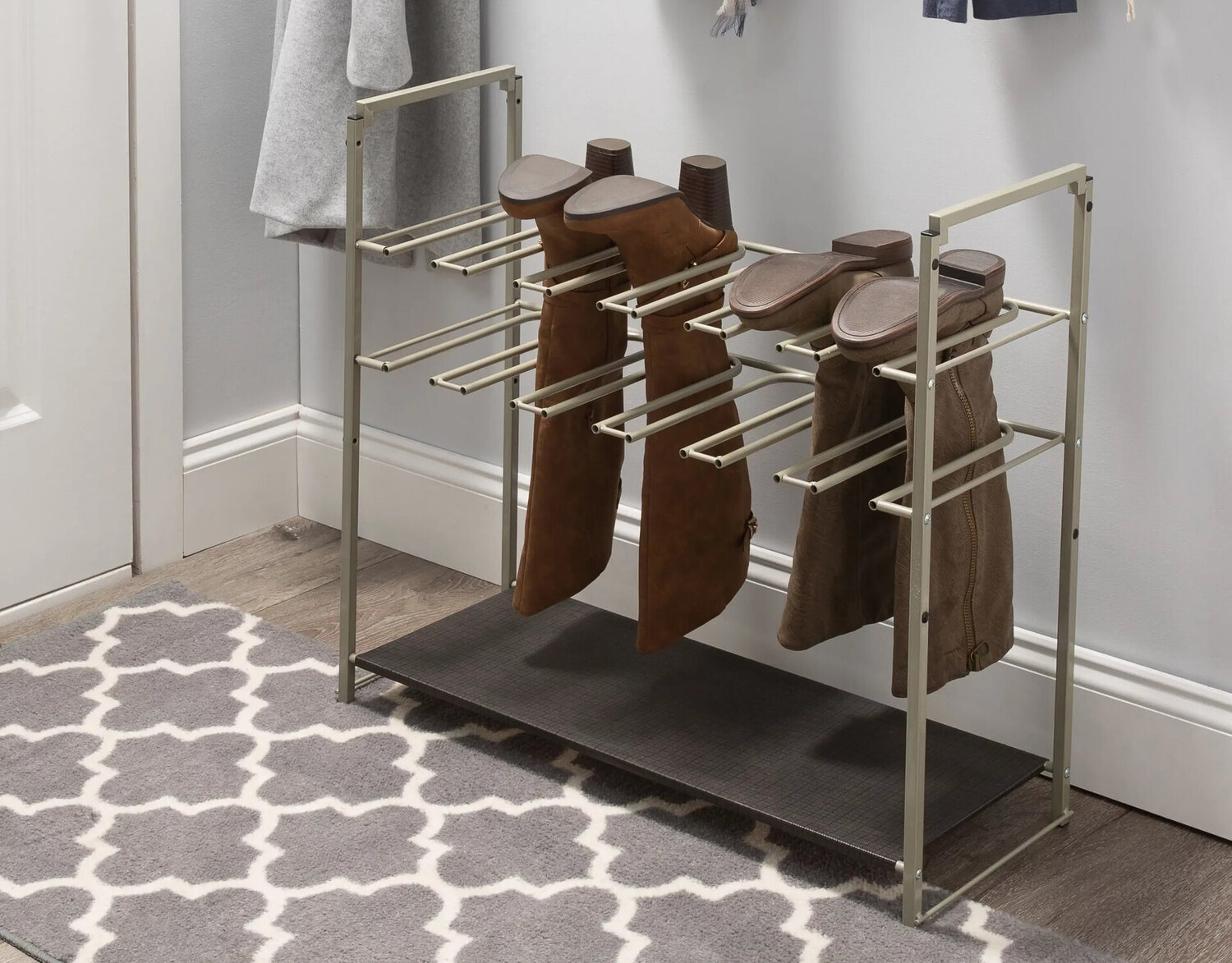
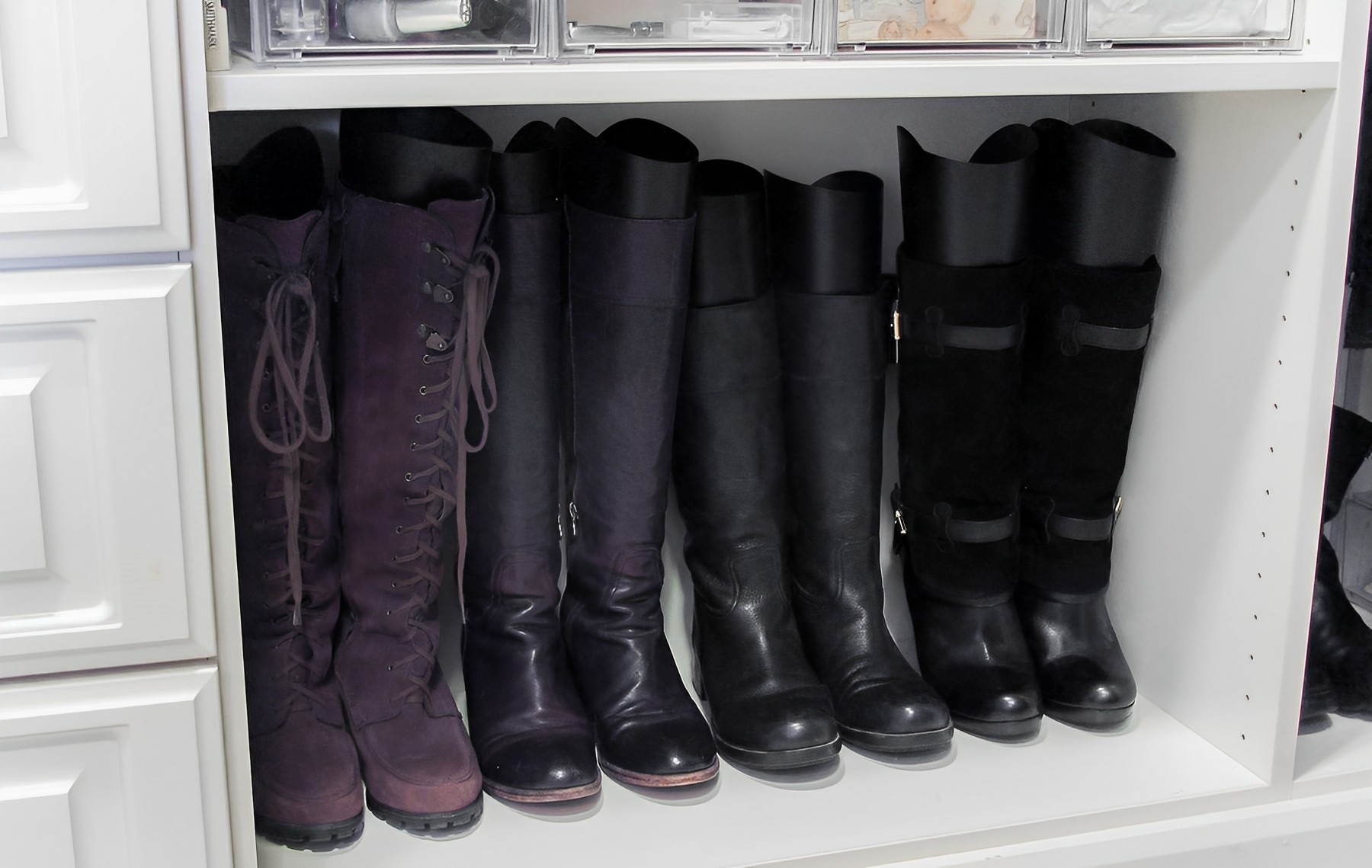

0 thoughts on “How To Store Kids Shoes”